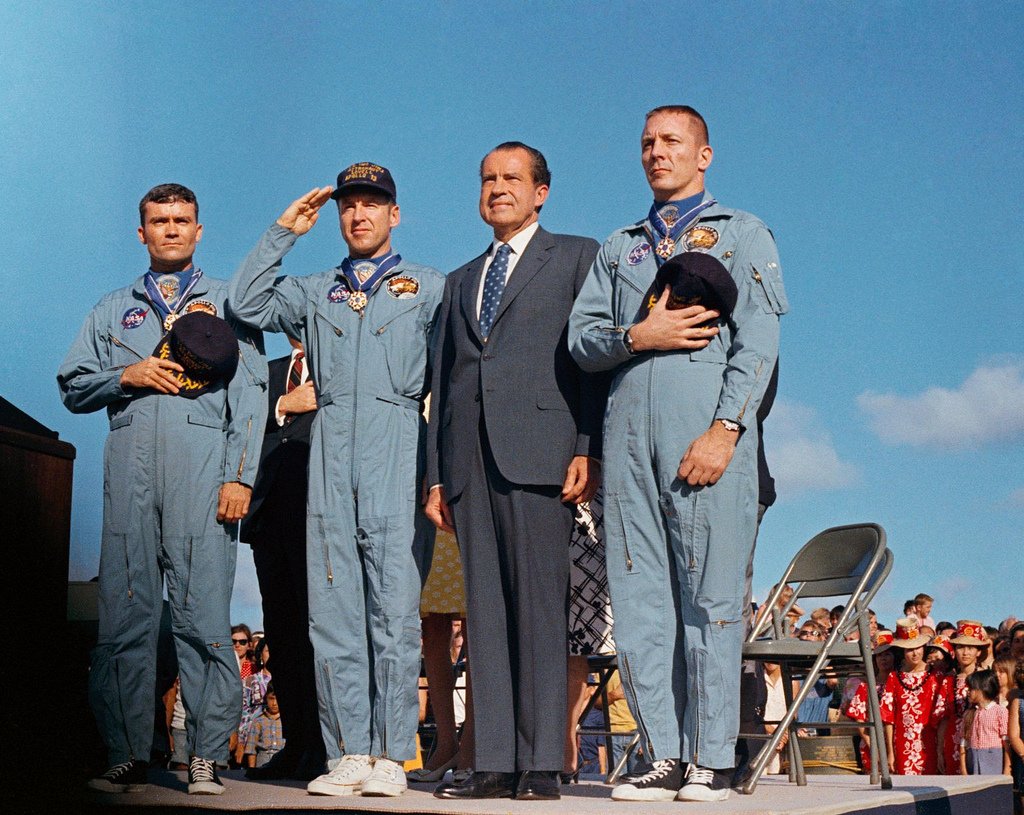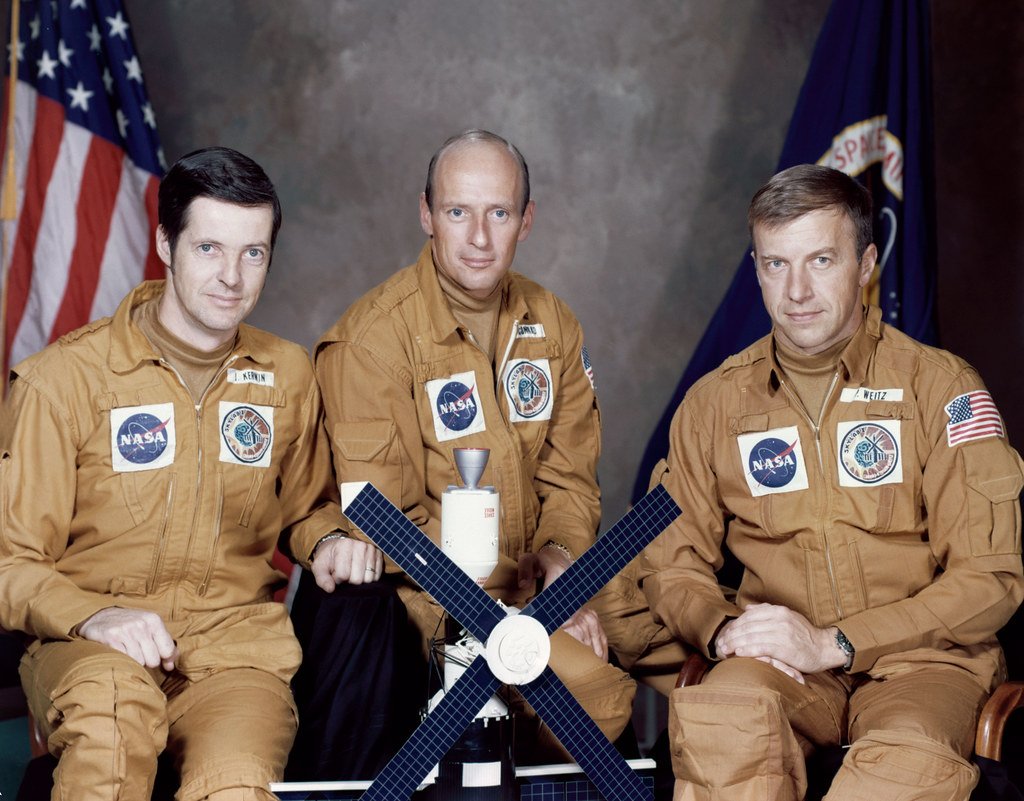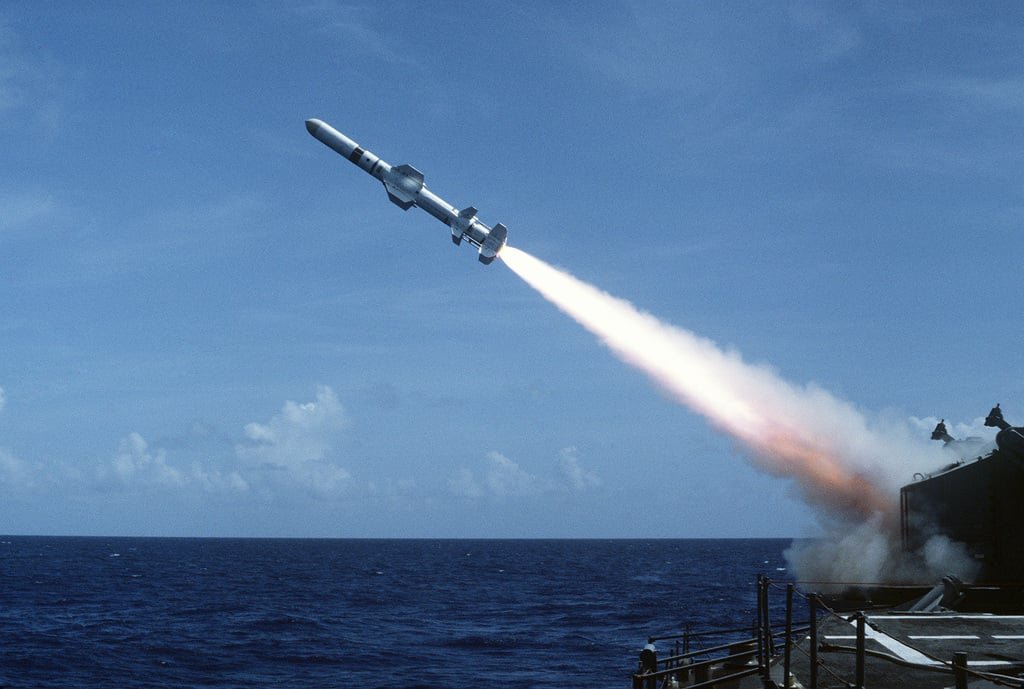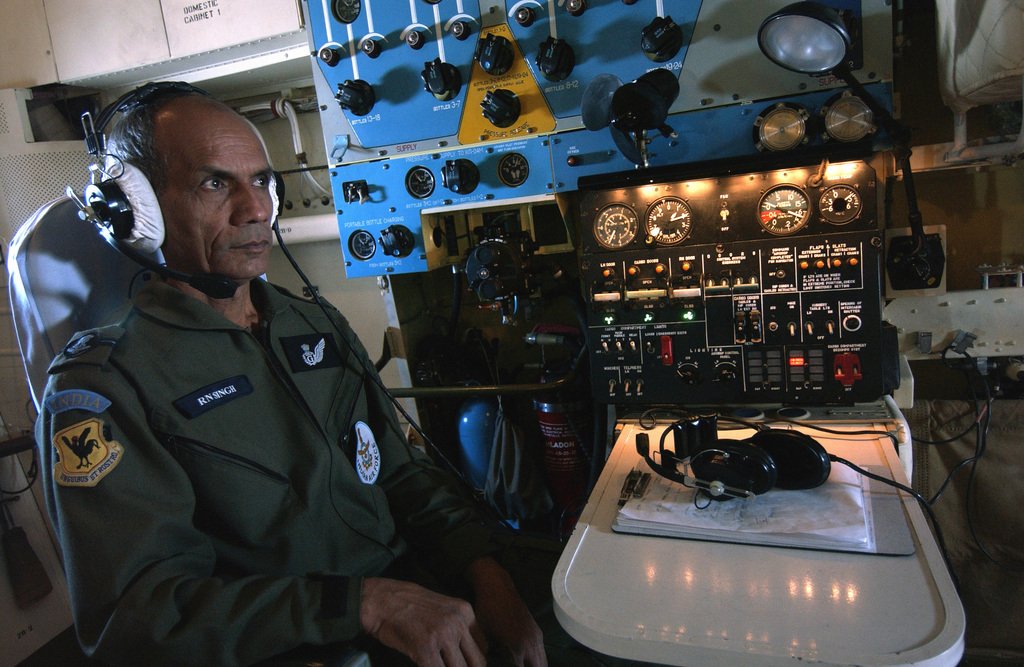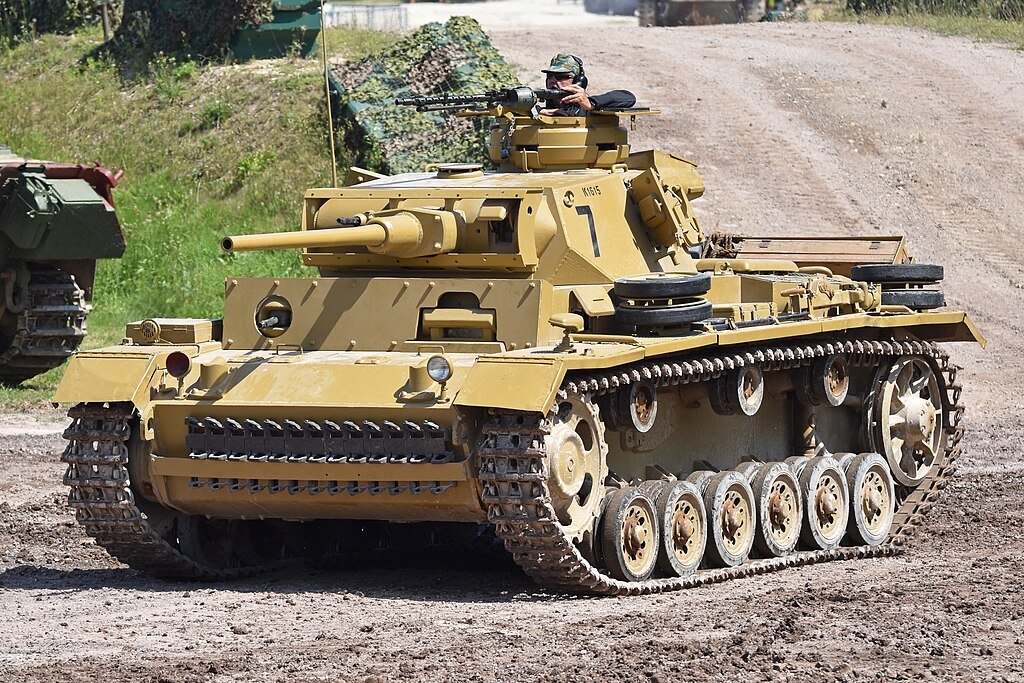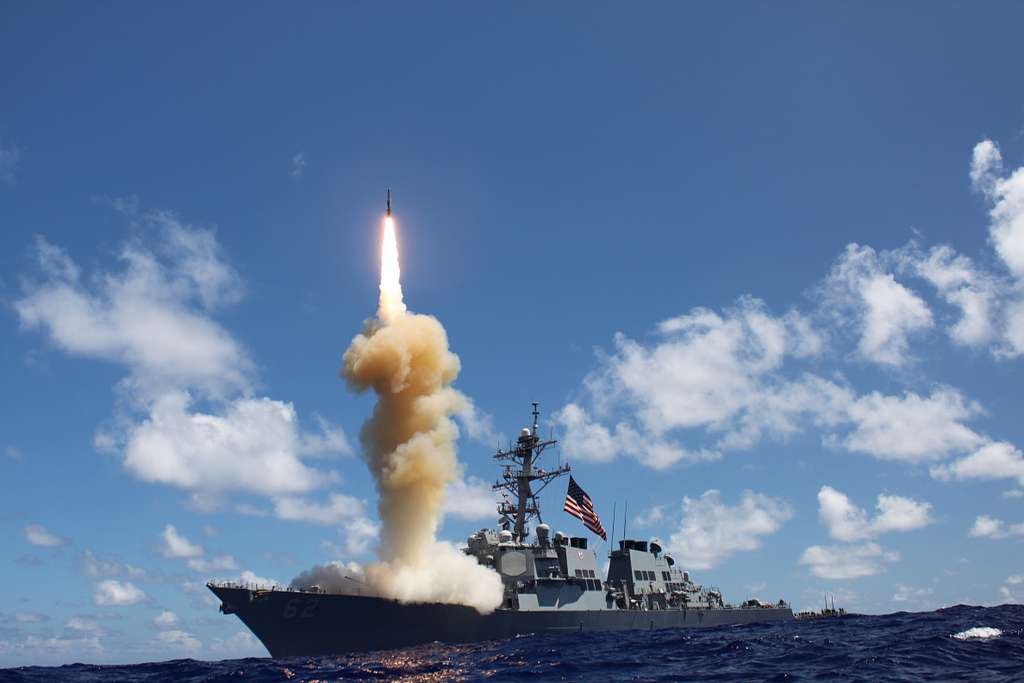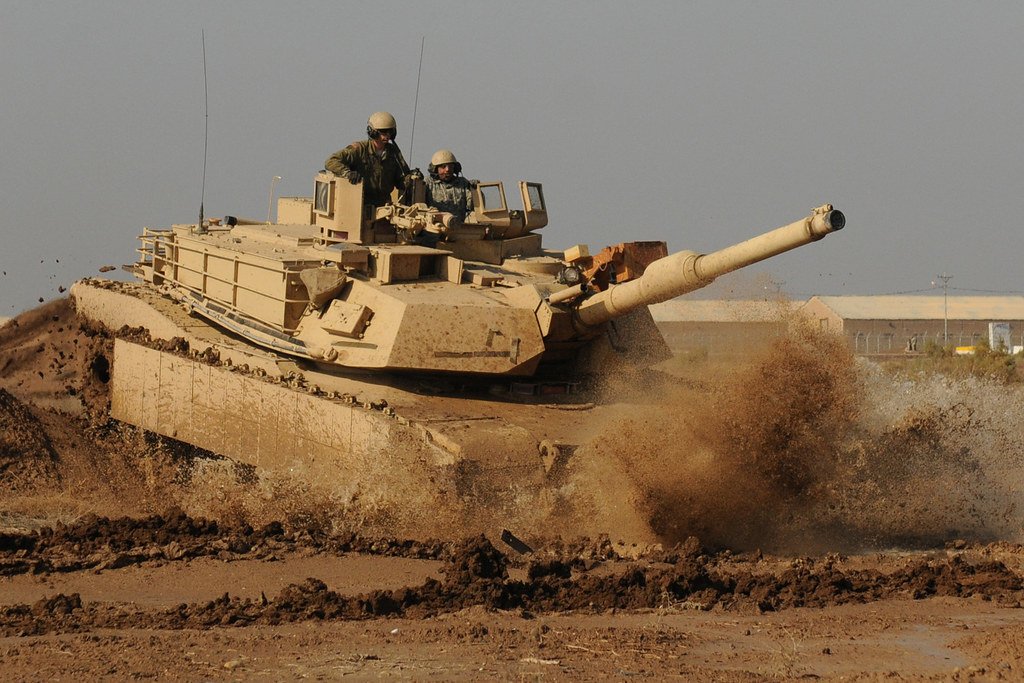In the dynamic realm of military technology, cruise missiles epitomize human ingenuity and strategic innovation. Spanning from their modest origins to their current sophisticated capabilities, the evolution of cruise missiles mirrors the intricacies of modern warfare. This blog post seeks to provide a comprehensive exploration of the historical timeline, technological breakthroughs, and geopolitical implications that have shaped the trajectory of cruise missile development.
Table of Contents
Before immersing ourselves in this journey, let’s address fundamental questions pertaining to cruise missiles:
What is the history of cruise missiles?

The history of cruise missiles dates back to the late 1930s and early 1940s, with notable developments during World War II. The German V-1 and V-2 rockets were earlier examples, pioneering the concept of unmanned, guided missiles. Post-war, the Cold War era saw the U.S. and the Soviet Union advancing cruise missile technology. The U.S. deployed the Regulus and later the Tomahawk, while the Soviet Union developed the Kh-55. These milestones set the stage for the widespread adoption of cruise missiles, evolving from early prototypes to becoming integral components of modern military arsenals.
What are the distinct phases of cruise missile development?
Cruise missile development has evolved through distinct phases. The initial phase, post-World War II, saw the exploration of uncrewed aerial vehicles like the German V-1 and V-2 rockets. The Cold War era marked a proliferation phase, with the U.S. deploying the Tomahawk and the Soviet Union developing the Kh-55. Technological advancements in the 1990s-2000s focused on precision, while the 21st century emphasized accuracy with improved guidance systems. The current phase explores hypersonic technology, swarming capabilities, and artificial intelligence integration, showcasing a continuous evolution aligning with the changing demands of modern warfare.
What is the world’s most powerful cruise missile?
The world’s most powerful cruise missile is the Russian Kh-101, renowned for its cutting-edge capabilities. This air-launched cruise missile boasts an extended range of up to 4,500 kilometers, precision targeting with its advanced guidance system, and the capacity to carry a variety of warheads. Designed for strategic purposes, the Kh-101 combines stealth features, advanced navigation systems, and a potent propulsion system, making it a formidable force in modern warfare. As a testament to its power, the Kh-101 significantly enhances Russia’s strategic reach and influence on the global stage.

Having laid this groundwork, we will embark on an insightful exploration of the evolution of cruise missiles, shedding light on the nuanced historical context, pivotal technological advancements, and geopolitical ramifications that define their remarkable trajectory.
Inception and Early Development (1940s-1950s): Unveiling the Foundations of Cruise Missile Technology
In the post-World War II era, nations like the United States and the Soviet Union seized upon the potential of crewless aerial vehicles, sparking a transformative exploration. This phase witnessed the birth of cruise missiles, with the pioneering German V-1 and V-2 rockets laying the groundwork. As the Cold War unfolded, a strategic race between superpowers fueled the refinement of these technologies, propelling cruise missiles into the forefront of modern warfare.
Post-World War II Exploration
The aftermath of World War II prompted the United States and the Soviet Union to explore the potential of unmanned aerial vehicles.

Recognition of the strategic advantages these technologies could offer in military applications initiated the cruise missile journey.
German Innovations – V-1 and V-2 Rockets
Notable advancements emerged during the war with the development of the German V-1 and V-2 rockets.
The V-1, known as the “Buzz Bomb,” represented one of the first operational guided missiles, showcasing the viability of crewless aerial vehicles for strategic purposes.
Foundational Contributions
The German innovations served as foundational contributions to the early development of cruise missile technology.
These wartime advancements laid crucial groundwork for subsequent refinements, providing a conceptual and technological blueprint.
Shift into the Cold War Era
The transition into the Cold War era intensified the strategic significance of cruise missile technology.
The competitive rivalry between the United States and the Soviet Union fueled a determined race to enhance and perfect these unmanned weapons.
Strategic Implications and Resource Allocation
Both superpowers recognized the strategic implications of cruise missiles, leading to significant resource allocation for their development.
The competitive environment of the Cold War propelled cruise missiles from experimental concepts to tangible and potent tools in modern warfare.
Emergence as a Strategic Tool
The concerted efforts during this phase marked the emergence of cruise missiles as more than experimental concepts.
These early developments paved the way for the integration of cruise missiles as crucial components in the arsenals of both military powers, shaping the trajectory of modern warfare.
Cold War Proliferation (1960s-1980s): A Decade of Strategic Shifts
During the Cold War era spanning the 1960s to the 1980s, cruise missiles played a pivotal role in reshaping the dynamics of global military strategy. During this period, they witnessed a substantial proliferation of these advanced weapons as both the United States and the Soviet Union strategically integrated them into their military arsenals.
U.S. Deployment of Tomahawk Cruise Missile

The United States emerged as a key player in the proliferation of cruise missiles with its deployment of the Tomahawk cruise missile. Introduced in the 1970s, the Tomahawk became a cornerstone of the U.S. military’s strategic capabilities. Known for its versatility, the Tomahawk could be launched from various platforms, including submarines and surface ships. This adaptability made it a formidable weapon, capable of executing precise strikes deep within enemy territory. The Tomahawk’s introduction marked a significant leap in the U.S. military’s ability to project power and respond effectively to emerging threats.
Soviet Union’s Kh-55 Development
Simultaneously, the Soviet Union was making strides in cruise missile development, exemplified by the creation of the Kh-55. Introduced in the 1980s, the Kh-55 represented a sophisticated and potent addition to the Soviet military arsenal. This ground-launched cruise missile boasted an extended range and advanced guidance systems, contributing to its effectiveness as a strategic weapon. The Kh-55 played a crucial role in the Soviet Union’s strategy of strategic deterrence, adding a layer of complexity to the geopolitical chessboard.
Strategic Deterrence Redefined
The widespread adoption of cruise missiles during this period marked a pivotal shift in strategic deterrence. These precision-guided weapons, capable of penetrating enemy defenses with pinpoint accuracy, reshaped military doctrines. This shift, seen throughout the Cold War, elevated cruise missiles to integral components of superpowers’ military strategies, shaping the global balance of power and influencing the complex geopolitical landscape. Their strategic significance in the 1960s-1980s laid the groundwork for their continued evolution, remaining crucial in shaping modern military tactics and strategies.
Technological Advancements (1990s-2000s)
During the 1990s and 2000s, the evolution of cruise missiles reached a pivotal phase marked by unprecedented technological advancements. The conclusion of the Cold War prompted a renaissance in military technology, with a specific focus on enhancing the capabilities of cruise missiles. This era saw remarkable progress in three key areas: guidance systems, stealth technology, and propulsion systems.
Guidance Systems
The 1990s witnessed a paradigm shift in the precision of cruise missiles through advancements in guidance systems. Inertial navigation systems, coupled with Global Positioning System (GPS) technology, allowed for highly accurate target tracking and engagement. This breakthrough significantly improved the ability of cruise missiles to navigate complex terrains and strike designated targets with unparalleled precision.
Stealth Technology
Stealth technology became a cornerstone of cruise missile development during this period. Engineers focused on reducing the radar cross-section of these missiles, making them less detectable by enemy radar systems. The integration of stealth coatings and design enhancements minimized the chances of interception, providing a strategic advantage in evading enemy defenses and ensuring successful mission outcomes.
Propulsion Advancements
Technological strides in propulsion were pivotal, extending cruise missile range and efficiency. Fuel-efficient engines and aerodynamic improvements led to longer flight durations, enhancing operational flexibility across diverse scenarios. Tested in the Gulf War, these upgrades showcased precision strikes on high-value targets, affirming cruise missiles as indispensable strategic assets globally. This transformative era validated R&D investments, reshaping military strategies and positioning cruise missiles as essential in modern warfare.
Precision and Accuracy in the 21st Century
In the 21st century, the evolution of cruise missile capabilities experienced a profound paradigm shift, marked by a heightened emphasis on precision and accuracy. Technological advancements played a pivotal role in reshaping the landscape of cruise missile capabilities during this period.
Advanced GPS Technology
One of the key contributors to the enhanced precision of cruise missiles in the 21st century is the widespread integration of advanced Global Positioning System (GPS) technology. This innovation enabled cruise missiles to receive accurate real-time location data, allowing for precise navigation towards target coordinates. The incorporation of GPS technology significantly improved the ability to conduct pinpoint strikes, ensuring that cruise missiles could hit their intended targets with unprecedented accuracy.
Improved Target Recognition Systems
In the 21st century, they also witnessed substantial improvements in target recognition systems integrated into cruise missiles. Enhanced sensors and imaging technologies enabled these weapons to identify and discriminate between targets with remarkable precision. This heightened level of target recognition not only minimized the risk of striking unintended locations but also increased the overall efficacy of military operations by ensuring that cruise missiles could engage specific, high-value targets with surgical precision.
Integration of Artificial Intelligence (AI)
One of the most transformative aspects of 21st-century cruise missile capabilities is the integration of artificial intelligence. Artificial Intelligence(AI) systems introduced autonomy into decision-making processes, allowing cruise missiles to adapt dynamically to changing situations. This not only improved their responsiveness to evolving threats but also enhanced their ability to operate independently, making split-second decisions to optimize mission success. The integration of AI brought a new level of sophistication to cruise missile capabilities, making them more adaptable and resilient in dynamic and unpredictable environments.
Proliferation and Global Challenges: Navigating the Landscape

As technological strides propelled the evolution of cruise missiles, a consequential shift occurred, making these formidable weapons more accessible to an expanding array of nations and non-state actors. This accessibility, while reflecting technological progress, has ignited heightened concerns about the proliferation of arms and the potential misuse of these powerful tools of warfare.
Emergence of Global Concerns
The widespread availability of cruise missile technology has raised red flags in the global security arena. Concerns about the diffusion of these advanced capabilities to a broader spectrum of entities, including nations with conflicting interests and non-state actors, have intensified. This phenomenon introduces a complex dynamic into the geopolitical landscape, where the potential misuse of cruise missiles becomes a pivotal challenge for international security.
Impact on Global Security
The widespread availability of cruise missile technology poses a direct impact on global security. As these weapons become more commonplace, the potential for conflicts and escalations rises, demanding a reassessment of international security frameworks. The blog will explore how the proliferation of cruise missiles adds a layer of complexity to the existing geopolitical landscape, requiring strategic foresight and collaborative efforts to address emerging challenges.
Need for International Cooperation
Addressing the global challenges associated with cruise missile proliferation necessitates robust international cooperation. The blog will discuss the importance of fostering collaborative initiatives, diplomatic dialogue, and arms control agreements to curb the risks posed by the widespread availability of these powerful weapons.
Future Trends and Innovations in Cruise Missiles
As we gaze into the horizon of military technology, the future of cruise missiles unfolds with promising advancements and innovations. This section of the blog will meticulously explore the trajectories that lie ahead, shedding light on emerging trends that are set to redefine the landscape of cruise missile capabilities.
Hypersonic Cruise Missiles
One of the most anticipated developments in cruise missile technology is the advent of hypersonic cruise missiles. These high-speed projectiles, traveling at speeds exceeding Mach 5, promise unprecedented levels of agility and maneuverability. The blog will delve into the engineering marvels behind hypersonic propulsion systems, their potential applications in strategic scenarios, and their implications for global security.
Integration of Artificial Intelligence
Artificial intelligence (AI) is poised to revolutionize cruise missile systems, elevating their capabilities to new heights. The blog will explore how Artificial Intelligence
(AI) is integrated into guidance systems, target recognition, and decision-making processes. Insights will be provided into the role of machine learning algorithms in enhancing the adaptability and efficiency of cruise missiles, potentially making them more adept at navigating complex operational environments.
Global Implications and Security Concerns
Beyond the technical aspects, the blog will examine the global implications and security concerns associated with these future trends. The evolving nature of cruise missiles raises questions about arms control, international stability, and the potential for an arms race. Considerations for policymakers and the broader international community will be explored in light of these emerging developments.
The evolution of cruise missiles is a multifaceted journey, encompassing technological advancements, geopolitical shifts, and the ever-changing nature of warfare. This blog post aims to provide a comprehensive overview of this evolution, offering readers a nuanced understanding of the historical context, current capabilities, and future trends in cruise missile development. As we navigate through the twists and turns of this complex history, it becomes clear that the evolution of cruise missiles is not just a tale of technological progress but a narrative that intertwines with the broader tapestry of global security.


